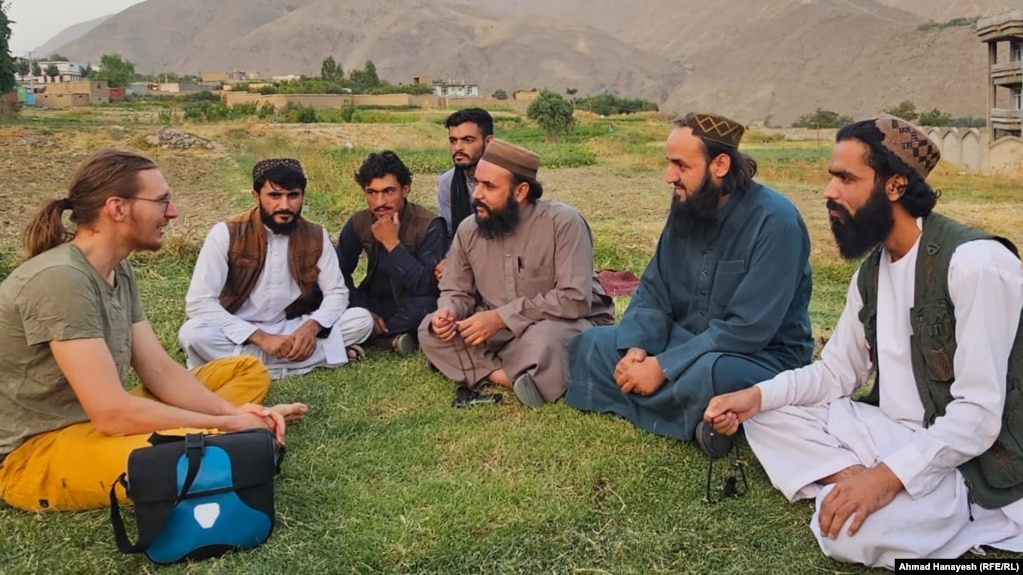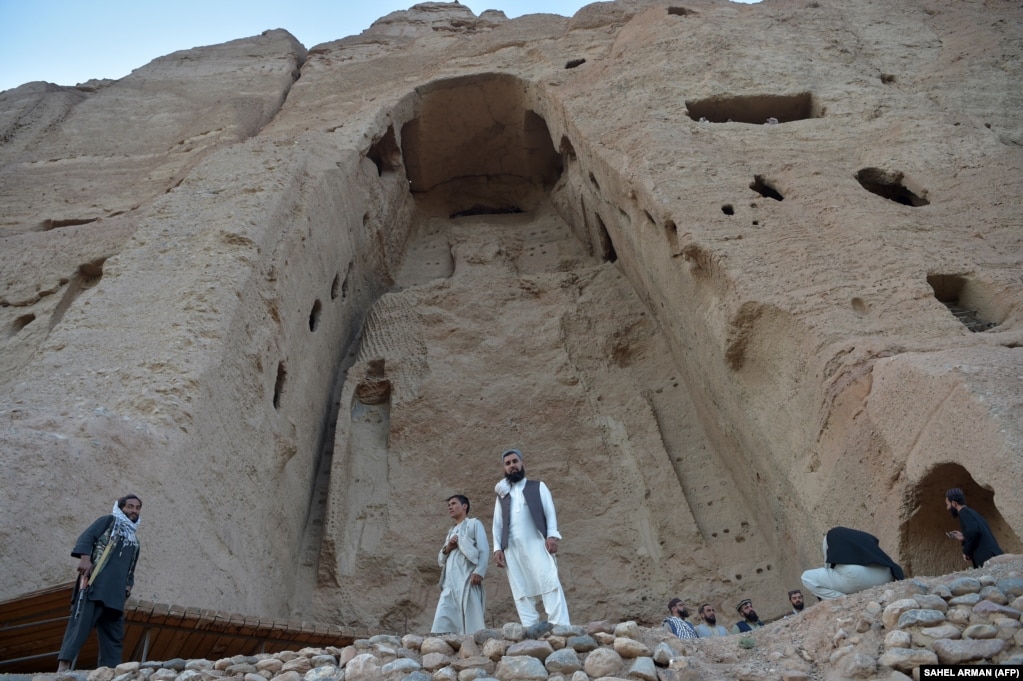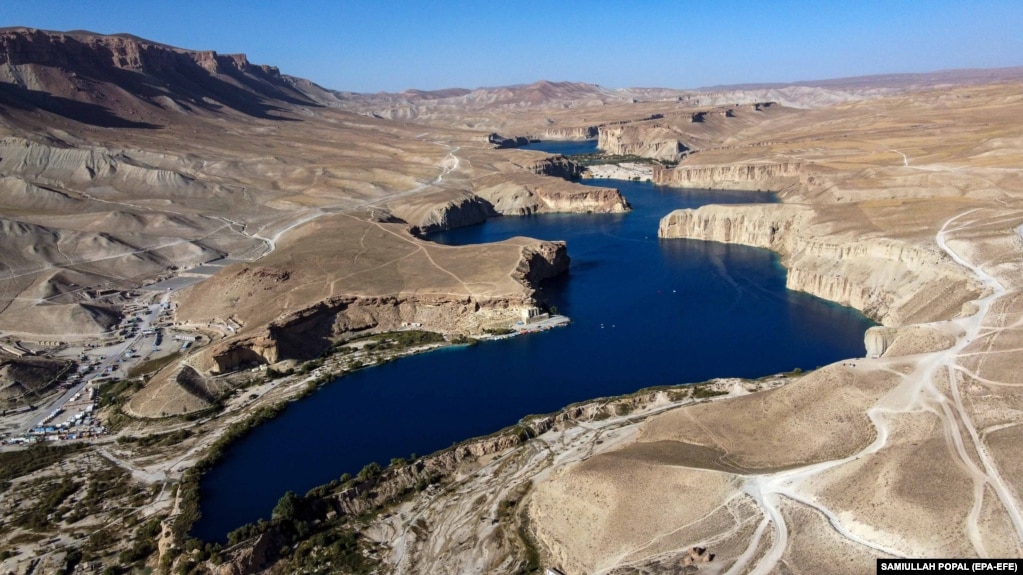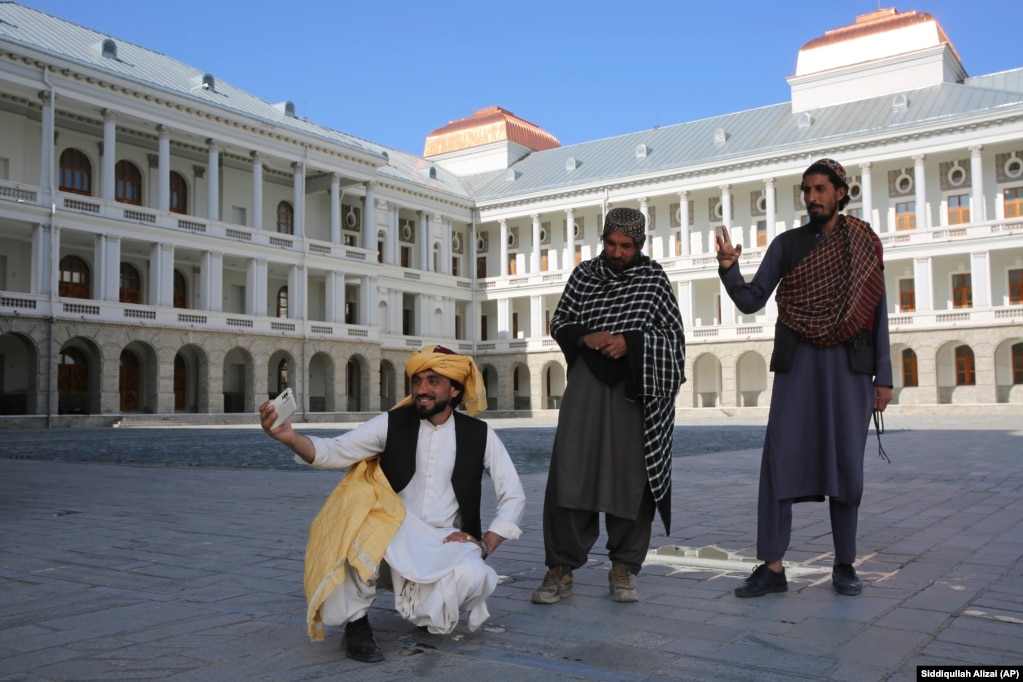
By Abubakar Siddique and Frishta Sahak
The Taliban’s repressive policies and widespread rights abuses have made its unrecognized government in Afghanistan a global pariah.
To boost its international image, the hard-line Islamist group has tried to woo foreign tourists to the country, where violence has significantly dropped since the Taliban seized power in 2021.
But even as the Taliban looks to cash in on propaganda and financial benefits of foreign visitors, the groups’ widespread restrictions on the movement of Afghans, especially women, have stifled the growth of the local tourism industry.
“The Taliban promote tourism because it has a major propaganda advantage for its government,” said Sami Yousafzai, a veteran Afghan journalist and commentator who tracks the Taliban.
“The Taliban want to cash in on the interest in tourism to project a positive image of the country it rules,” he added.
The number of tourists visiting Afghanistan has steadily increased in recent years. In 2021, there were 691. In 2022, that number increased to 2,300. Last year, there were 7,000, according to Taliban officials.
Foreign visitors have been drawn to the country’s ancient history and scenic landscape. Chinese tourists make up the largest group of visitors. Major airlines stopped flying to Afghanistan after 2021, but several have resumed flights.
Taliban officials have also been keen to stress that foreign tourism also provides a financial boost to Afghans, many of whom are struggling to survive mass unemployment and rising poverty.
But the burgeoning tourism industry in Afghanistan faces formidable challenges.
Visas are expensive and difficult to obtain. Many countries cut ties with Afghanistan after the Taliban takeover. No country in the world recognizes the Taliban regime. Many Afghan embassies, especially in the West, have shut or suspended their operations.
The Taliban is also selective in who it chooses to grant a visa. Foreign journalists and rights activists are barred from entering and working in the country.
Even with a visa, foreign tourists must obtain written permission from the Taliban to visit tourist spots and take photos or videos of their interactions with Afghans and Taliban fighters.
Safety is also still a concern. The Islamic State-Khorasan (IS-K) extremist group, a rival of the Taliban, killed six foreign and local tourists in the central city of Bamiyan in May.
IS-K militants have previously targeted foreigners and embassies in Afghanistan.
‘Dark And Bleak’
The Taliban has been keen to exploit the rosy picture of the country presented in videos and photos taken by foreign tourists, including YouTubers.
“The Taliban know these YouTubers are not interested in stirring controversies,” said Yousafzai. “So, they plan to send these YouTubers to places where they can do their ‘positive’ reporting.”
Many YouTube videos produced by foreign tourists show the Taliban in a positive light, portraying them as welcoming hosts. The videos also highlight the relative safety in the country and suggest that Afghans are happy under Taliban rule.
The Taliban, which is increasingly active on social media, often promotes the videos on various platforms.
The militant group has also made exceptions for female tourists to visit historical sites and national parks that are off-limits to Afghan women.
The Taliban has imposed severe restrictions on the appearances, behavior, and movement of women in what rights group have described as gender apartheid.
“This is dangerous and distorts the truth,” said Nazifa Haqpal, a British-based Afghan researcher.
“The truth under the Taliban’s cruel rule is dark, bleak, and ugly,” she said. “Unlike journalists, YouTubers are not bound by impartiality or professional ethics, which makes it easy for the Taliban to manipulate them.”
Some Afghan women said that foreign tourists are playing into the Taliban’s hands and whitewashing their suffering.
“Conditions for us are worsening with each passing day,” Arezo, a young woman in the central province of Bamiyan, told RFE/RL’s Radio Azadi.
Even as the Taliban tries to woo foreigners, the group’s restrictions have prevented the growth of local tourism.
Last year, the Taliban banned women from visiting Band-e Amir, a national park in Bamiyan. Consisting of crystal-blue lakes and soaring cliffs, it is one of the most popular tourist sites in the country.
The Taliban is “denying the most fundamental rights of Afghan women,” Arezo said.
“Unfortunately, Afghan women are banned from tourism and leisure by the Taliban,” Zala, a housewife in the capital, Kabul, told Radio Azadi.
“We are banned from enjoying the natural beauty and historic places of our ancient homeland,” she added.
In recent years, the militants have barred Afghan women from using gyms and visiting public bathhouses and city parks.
source : rferl



